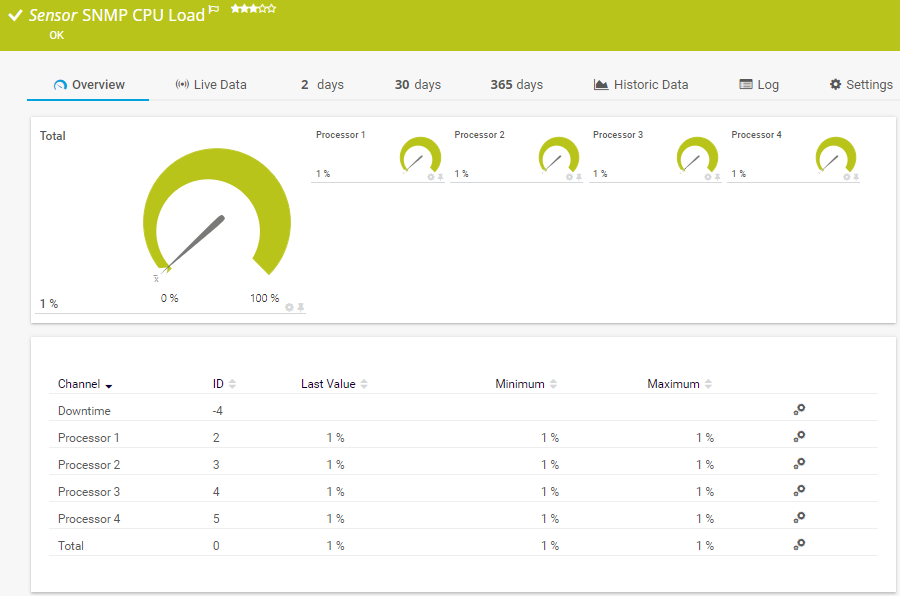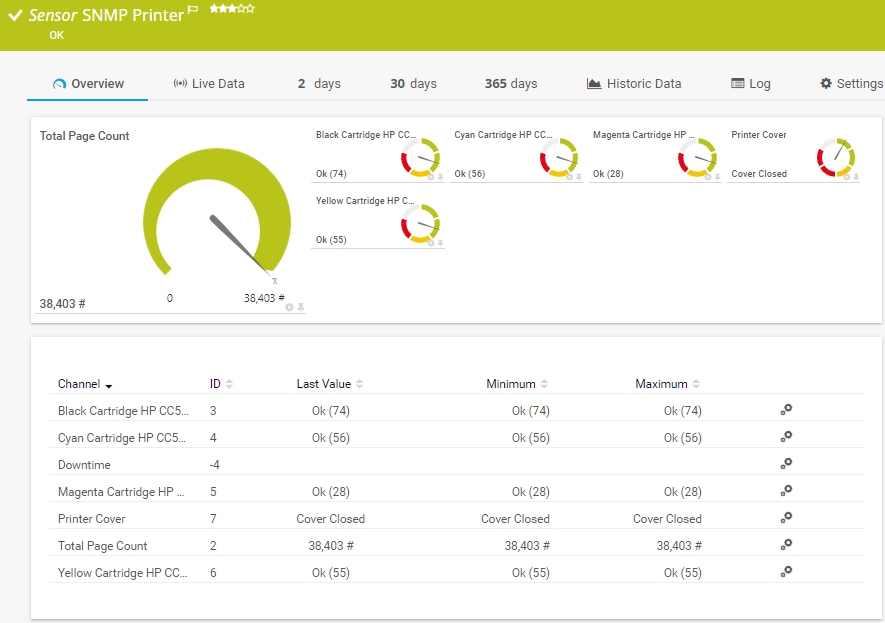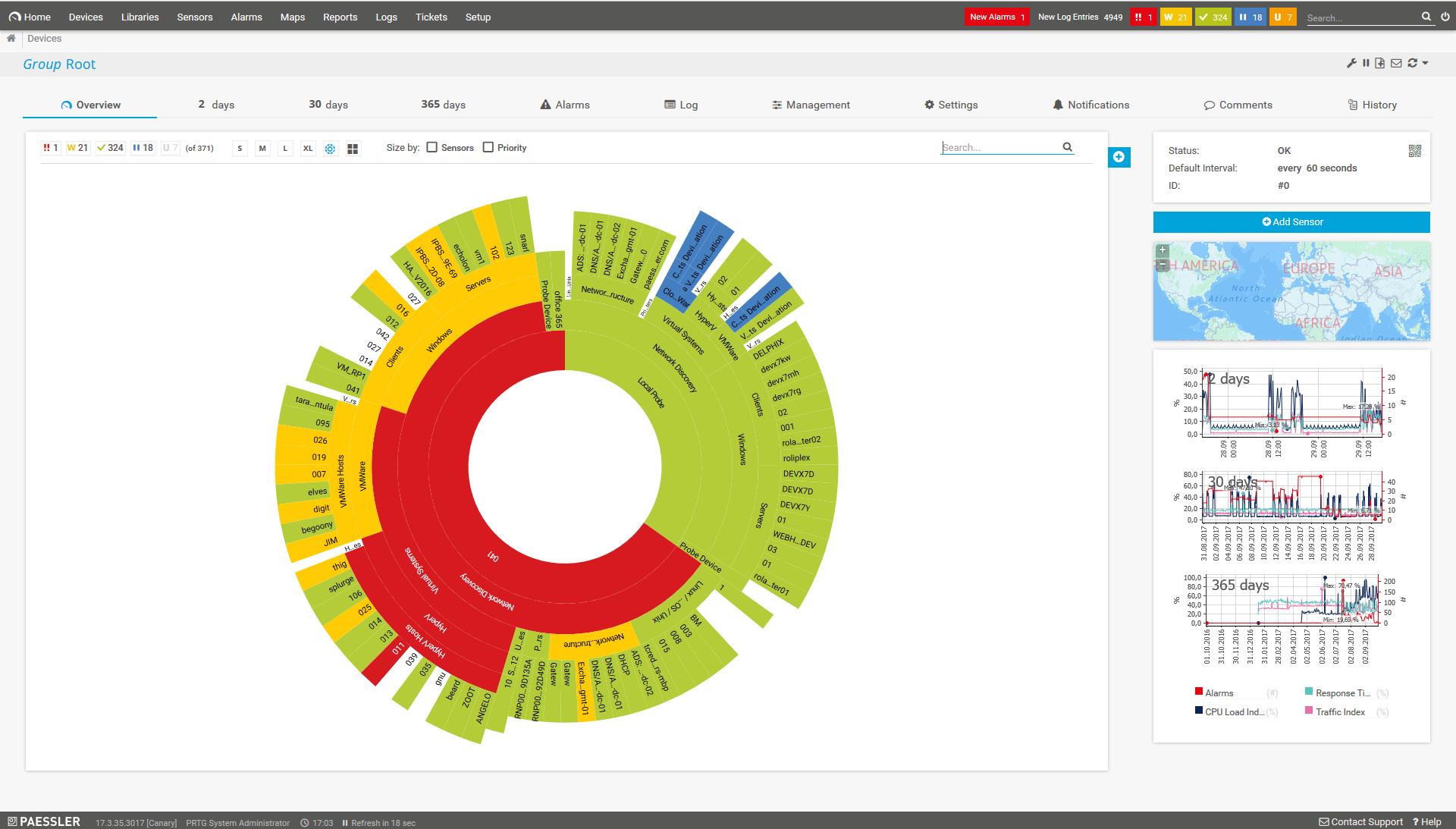In SNMP (Simple Network Management Protocol), community strings act as a form of authentication between the SNMP client and the SNMP agent.
The “SNMP community string” is like a user ID or password that allows access to the SNMP agent, for example, a router's, firewall's, or other network device's statistics.
SNMP strings are used only by devices which support the SNMPv1 and SNMPv2c version of SNMP. SNMPv3 uses username/password authentication, along with an encryption key.
Most SNMPv1 and SNMPv2 equipment ships from the factory with a default community string set to the read-only community string “public”, instead of the “private” read-write community string. It is standard practice for network administrators to configure SNMP by changing all the community strings to customized values in the SNMP settings during device setup.
Next to the read-only (RO) and read-write (RW) community strings, there’s also the trap community string. This string is used to specify the community string that an SNMP agent will use when sending SNMP trap messages to the SNMP client. Traps are asynchronous notifications from the agent to the client about certain events or conditions.
PRTG is a comprehensive network monitoring software and keeps track of your entire IT infrastructure.
With PRTG, it is easy to keep an eye on network security, health, traffic, and much more. Find out what applications and servers are using up your bandwidth, avoid performance bottlenecks and network vulnerabilities, and deliver better quality of service to your users. PRTG comes with several preconfigured SNMP sensors for a comprehensive view of your Windows and Linux network.

SNMP CPU LOAD sensor

SNMP Printer sensor

PRTG Sunburst: overview of you entire network
SNMP stands for Simple Network Management Protocol and describes a set of standards for the communication of devices in a TCP/IP network. The great advantage of SNMP is the wide distribution and the support of almost all devices of many different manufacturers.
More details about SNMP can be found here.
Network monitoring with SNMP usually works very reliably, requires hardly any bandwidth and allows you to get an overview of a large part of your network without a large network and CPU load. With a variety of predefined sensors PRTG makes SNMP monitoring especially easy.
SNMP gives you a good overview of the performance of your network. For more detailed traffic insights, you can use flow protocols such as NetFlow, jFlow or sFlow, or packet sniffing.